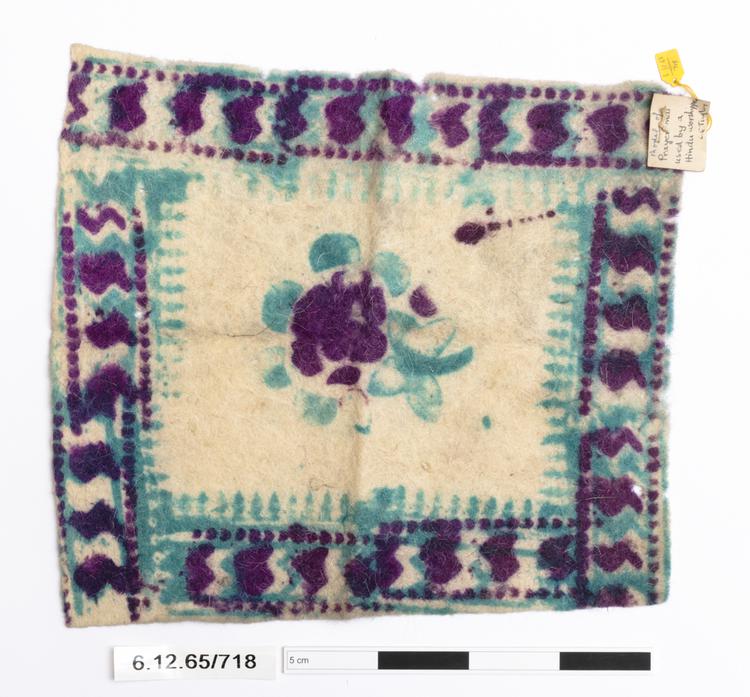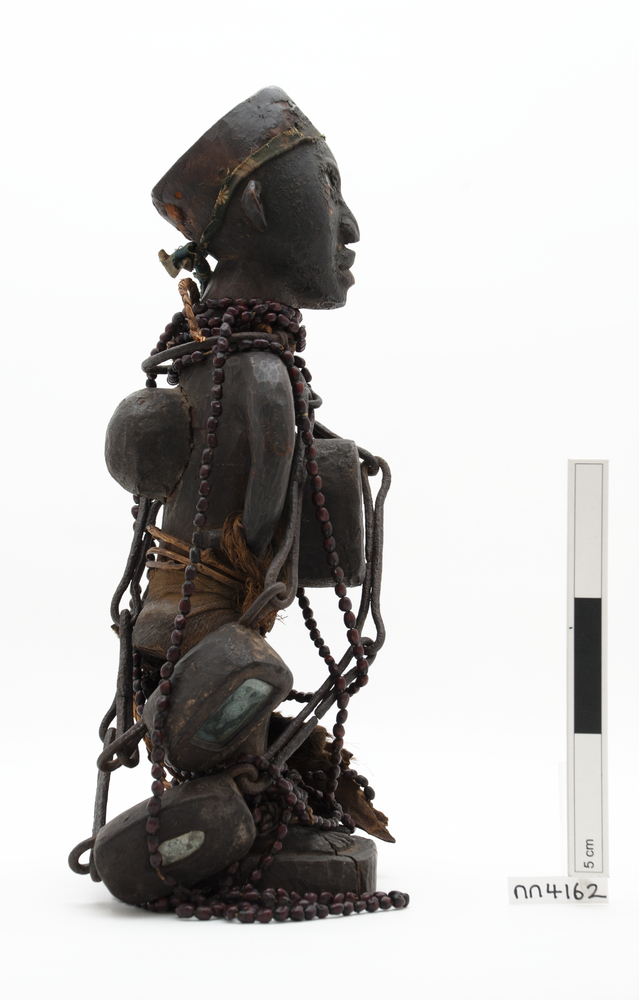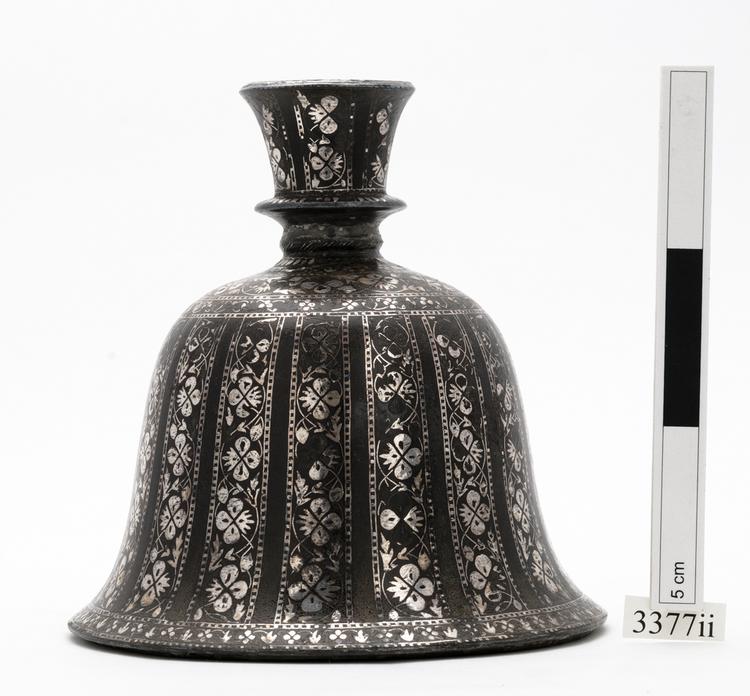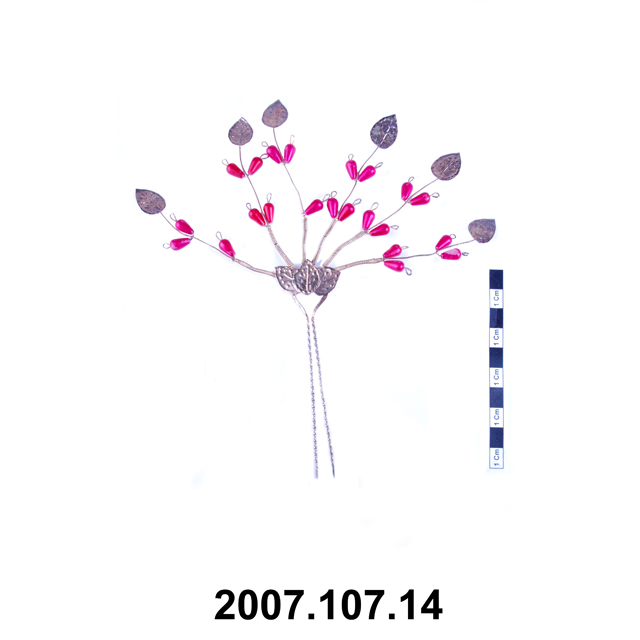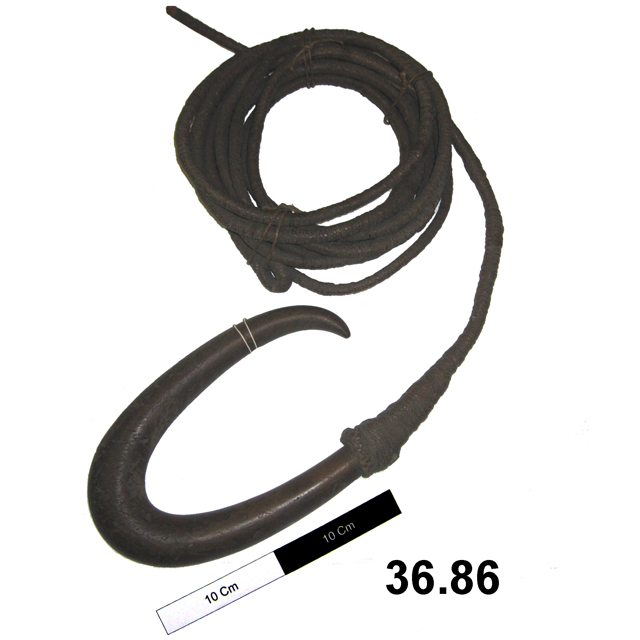
Shark hook and line made of wood and coiled twine.
Shark Hook, Toko Mango, Southern Cook Islands, Central Polynesia This fish-hook for catching sharks is essentially just a larger version of the toko used for the everyday taking of smaller predatory fish such as barracuda (manga). The rich and warm waters of the Cook Islands have one of the largest diversities of shark species in the world, but those traditionally preferred for food were the ngarara (Whitetip Reef Shark, Triaenodon obesus) and the papera (Grey Reef Shark, Carcharhinus amblyrhynchos). The standard Cook Islands method for taking larger predatory fish was known as tiritiri, and involved simply throwing a baited hook on a line into the water. With smaller fish, this could even be done from a cliff top, or the top of the reef at low tide. Shark fishing, however, needed to be done from a boat. The most important element of using a toko hook like this was to pull sharply on the line as soon as the fish bit, in order to set the hook firmly in the animal’s mouth. After that, one had to hope that the coconut fibre line held, in order to get the shark into the boat so that it could be killed with a club. Wood, coconut fibre. Early 19th Century or before. Presented to Captain John King in the Cook Islands in 1829, and presented to the Horniman Museum in 1936 by one of his grandchildren.



